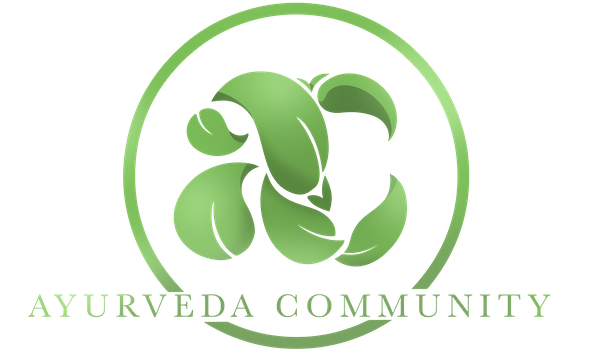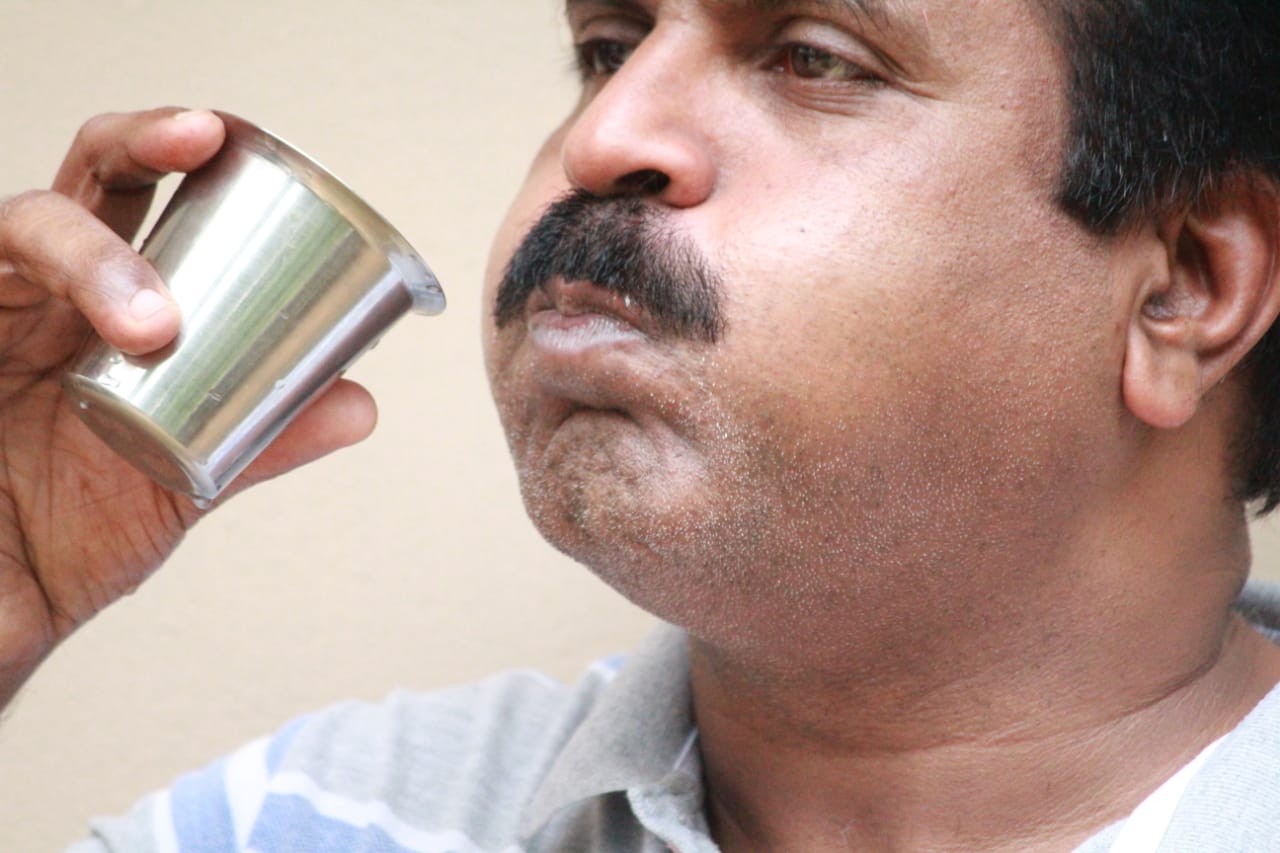Ayurveda, the ancient saga of life, advocates a healthy lifestyle as one of its core principles. Oil-pulling is a type of mouth-fill procedures mentioned to be practiced as part of the daily regimen (dinacarya).
What is Mouth-Fill?
In general there are two types of therapeutic techniques in which a liquid is held in the oral cavity. One is called gaṇḍūṣaṃ (mouth-fill) and the other one is kabalaṃ (gargling). Aṣṭāṅgahṛdayaṃ, a classical textbook on Ayurveda, considers them as procedures to not only maintain a healthy oral cavity but also to maintain the health of the body as a whole.
Gaṇḍūṣaṃ is holding of medicinal liquid, commonly a decoction or oil, in the oral cavity for a specified duration of time. In gaṇḍūṣaṃ the liquid is held still inside the mouth. In kabalaṃ on the other hand, the liquid held is gargled vigorously and it reaches the oral cavity as well as the upper part of the throat.
In general, sesame oil, meat soup, milk, honey, water mixed with alkali, hot water, triphala kaṣāya (A decoction made out of the three fruits- Amla, Chebulic myrobalan and Belleric myrobalan) or special formulations like Arimedādi oil are used for these procedures.
Gaṇḍūṣaṃ, based on its therapeutic benefits, is of four types :-
- Snigdha gaṇḍūṣaṃ (unctuous mouth-fill, commonly called oil-pulling): The word snigdha originated from 'sneha'-meaning to provide unctuousness. Vāta doṣa having dry, rough qualities is pacified by smooth, unctuous oil or ghee that is used here. Medicines having unctuous quality and hot potency are used for snigdha gaṇḍūṣaṃ .
- Śamana gaṇḍūṣaṃ (pacifying mouth-fill): The word Śamana means to pacify the aggravated doṣa, mainly pitta and rakta having heat as quality. Therefore for pacifying these doṣas, drugs having sweet taste and cold potency are used.
- Śodhana gaṇḍūṣaṃ (eliminatory mouth-fill) : The word śodhana means to expel vitiated doṣas out of the body. Drugs having acrid , sour, salty tastes and hot penetrating properties are made into decoction form and used to achieve sodhana. Mainly vitiated Kapha dosha having cold, heavy nature is expelled out through śodhana gaṇḍūṣaṃ.
- Ropaṇa gaṇḍūṣaṃ (healing mouth-fill): The word ropaṇa means healing, especially wound healing. Bitter drugs are used to achieve wound healing faster in this type of gaṇḍūṣaṃ.
Common applications of Oil Pulling in everyday life
For daily use, sesame oil ideal. This strengthens the teeth, gum and jaw bone. When practiced regularly, it ensures overall health of the oral cavity.
For loose teeth, sensitive teeth and other diseases of the oral cavity, caused due to vāta vitiation, lukewarm or cold water mixed with paste of sesame seed is used.
In mouth ulcer, gum diseases, burn woulds etc., oil pulling is to be done with ghee or milk which pacifies pitta and its hotness.
In case of mouth ulcers, to reduce burning sensation, thirst and to cleanse the oral cavity, honey is used.
Who all should do oil pulling?
Those having relevant diseases pertaining to head, neck, eyes, ears and oral cavity are eligible for oil pulling treatment. Oil-pulling is exclusively beneficial in cases of mouth and tongue ulcers, tonsillitis, throat pain, laryngitis, gum inflammation etc.
When to do oil-pulling?
Generally, oil pulling can be done in the day time, preferably morning time after cleaning the teeth, voiding urine and feces.
How to do oil pulling?
When done in treatment centers, it is typically done after an oil massage (abhyaṅgaṃ) on the face and neck followed by mild fomentation (svedanaṃ) by wiping the area with a hot cloth.
The oil is made slightly warmer than room temperature using water-bath. Give special attention to the temperature before pouring it into the mouth.
The general quantity is up to half of the mouth’s capacity. The specific quantity is dependent on the condition and liquid.
The oil should be kept in the mouth undisturbed until mucus secretions come out of the mouth, nose and eyes. When this is achieved, the oil can be spit out.
Care is to be taken not to swallow the liquid. After spitting the oil out, the mouth is rinsed using either warm or cold water, depending on the oil and condition.
Consult your Ayurveda physician who can evaluate your condition, body type etc. and suggest the most ideal liquid and oil-pulling technique most suitable to you.
[Photo Courtesy: Ms. Vishnupriya, Final Year B.A.M.S. Student, Amrita School of Ayurveda, Amritapuri-Vallikkaavu]




